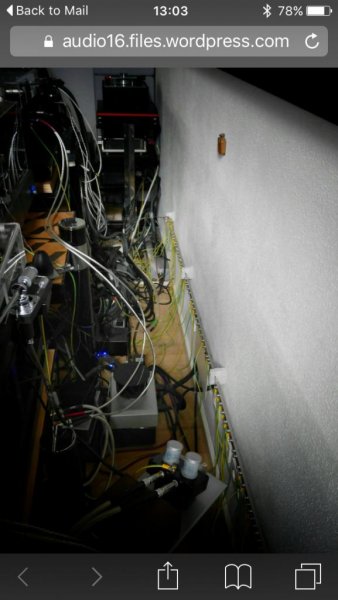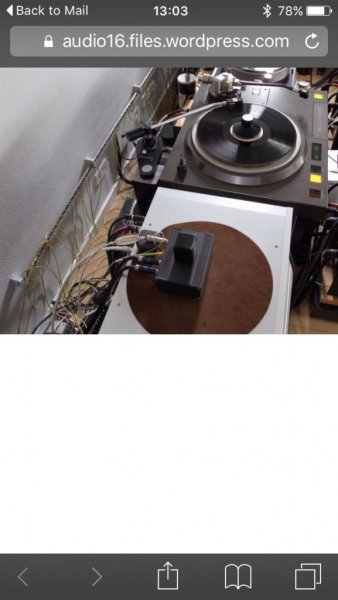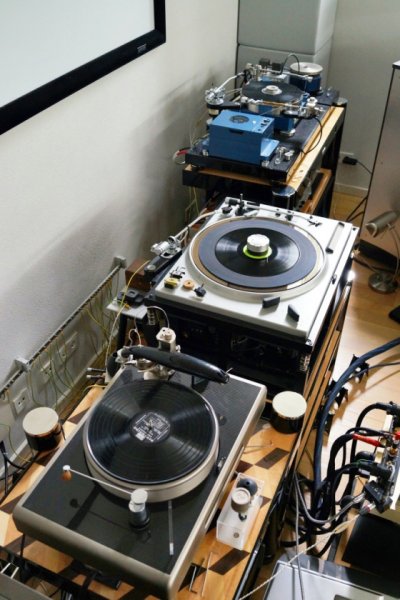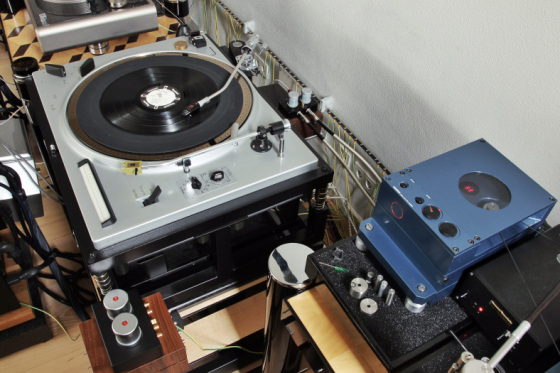Hi all,
I have been following the threads about Entreq and Troy grounding boxes and wondered whether my system would benefit from chassis and signal grounding in this way. Instead of buying one of these boxes, I was considering installing a copper grounding rod into the earth outside my listening room and then star earthing all the components to that. Is this worth doing in your opinion and will the benefits be of the same magnitude than what could be achieved via a dedicated box?
Many thanks,
Bill
I have been following the threads about Entreq and Troy grounding boxes and wondered whether my system would benefit from chassis and signal grounding in this way. Instead of buying one of these boxes, I was considering installing a copper grounding rod into the earth outside my listening room and then star earthing all the components to that. Is this worth doing in your opinion and will the benefits be of the same magnitude than what could be achieved via a dedicated box?
Many thanks,
Bill



















